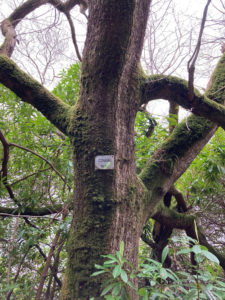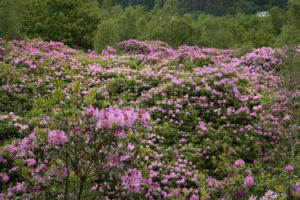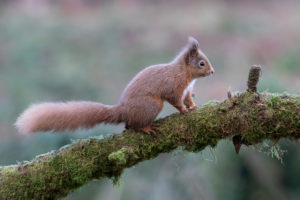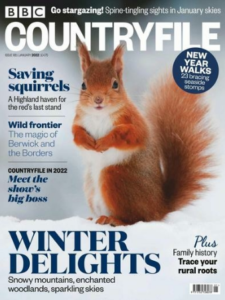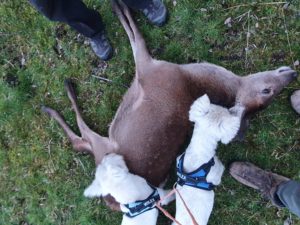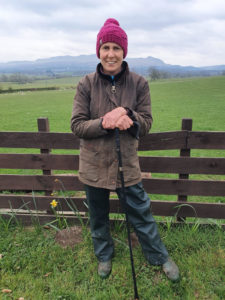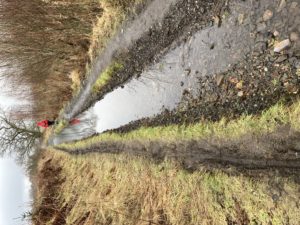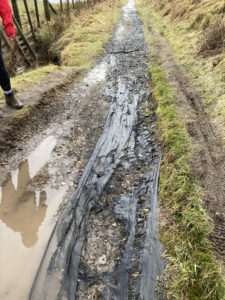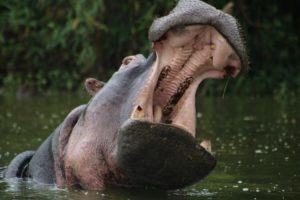Last week I went all the way to Arran for work, and completely failed to record any audio, any episodes for my upcoming podcast, or winkle out any stories. But I was so glad I went.
I was down on the shore of Lamlash Bay with the dramatic Holy Island right in the centre of the view, for the launch of the new COAST Explorer, a research and surveying vessel owned by the Community of Arran Seabed Trust, and bought with an array of grants and funds including some Scottish Government money.
The adventure started with getting there entirely by public transport from Stirlingshire (a 13-hour round trip in a day, thank God the Calmacs were doing their stuff for once…) and then there was the odd sensation of recognising folk out of context on the boat.
Doesn’t that look like Ross Greer, the youthful Green MSP? Well that’s because it is. The smart young woman with a couple of dull-faced men looked like Mairi McAllan, the Cabinet Secretary for Net Zero and Just Transition, with some civil servants. That’s because … you get the picture. There was someone who waved and said hello to me who I completely blanked. I suspect it was a professional colleague, so apologies if that was you.

The great and the good were on their way to pay homage to a man who is universally acknowledged to actually be great, and good, and who is as relevant today as he was 15 years ago when he and his illustrious pal Don McNeish established Scotland’s first No Take Zone.
Howard Wood is even older than me, but he still pulls them in. The winner of the prestigious Goldman Award for environmental campaigners set up COAST, which campaigned for the NTZ, and now has the survey boat to further its work.
The NTZ is only a small slice – about 2.7 sq km, if I recall correctly – of Arran’s seabed, squished between the Lamlash shore and Holy Isle, but it has shown remarkable results. The scallops and lobsters it produces seed the surrounding seas, and it is at the heart of the South Arran Marine Protected Area, one of the few MPAs in Scotland that actually have controls on fishing and the gear that can be used.
As such it is in a way a model for the controversial Highly Protected Marine Areas that are being consulted on by the Scottish Government, but there’s a big difference.
Howard and his pal Don McNeish spend 13 years quietly consulting with local people, fisherfolk, politicians, anglers, divers and anyone else they could think of, to persuade them that the NTZ was a good idea. The Scottish Government has just declared 10% of Scotland’s seas should be HPMAs – similar to the NTZ – prior to any discussion, and of course the coastal communities in many areas have gone off pop as a result, undoing a fair amount of good will.
Howard kept his views on the HPMA consultation well contained as, ever the consummate diplomat, he chatted to politicians and campaigners, press and public. Ms Mcallan sprayed champagne in the time-honoured fashion over the bows of the boat, and we all had a spin round the bay in it.
I had hoped to bag Howard for the podcast, but he looked so happy, and so busy, I thought it best not to spoil his day by making him chat to me for half an hour. And I thought too that my usual racing round, looking for angles, recording snippets and sfx, chase, chase… was best left alone while I just enjoyed the place and event and gave COAST my support.
I did meet some interesting folk – send me those promised emails, please! – but then I sneaked (snuck?) off round the headland for a swim. It wasn’t that cold… After that I walked up to the main road to hitch a lift back to the ferry, where I chatted to an illustrious and very pleasant Labour politician who was a bit shy of saying just how illustrious she is…
So a work day with no real work done, except showing my face. Sometimes you need days like that…
Oh, and the podcast? More about that here and the first full episode in a couple of weeks.
